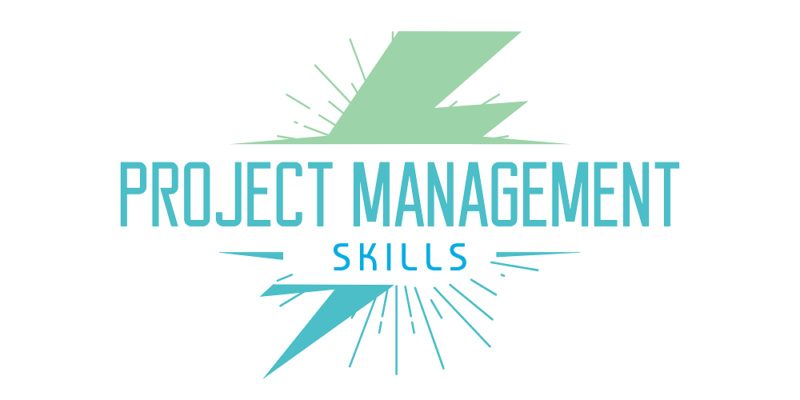In the construction industry, the value engineers, architects, designers, and investors place on reports is huge. Stakeholders rely on summary reports to make immediate and future business decisions. A summary report is a document that provides information about
- Site description
- Project cost
- General Information
This report provides relevant data regarding key stages or processes to the financier of the project, government authorities, or a potential buyer of the equipment/structure. It may also provide information about an aspect of the project that may have or already has an effect on the entire project. Aspects may be micro in nature (affecting just the project) or general (affecting the macro-environment or the industry at large).
How should a Summary report be written?
A very good summary report should be written in a language that is easy to understand. It should be simplistic and concise in nature. Furthermore, it should only contain data that is relevant to the construction project, not riddled with repetitive data. A Summary report should do what’s it’s meant to do: Summarize.
Examples of Summary Report
There are different types of summary reports used in the Building and Construction industry. Some popular ones include:
- Assessment and Lessons Report
- Accident Report
- Project status report
- Concept design report
- Construction progress report
- Project cost report
- End of contract report
- Post project report
The number of reports used in the industry is too many to mention in this article, but these ones above are worthy of mention. Do bear in mind that they all serve the same purpose: to convey information about relevant events or state of the projects being executed.
The difference being a summary report and a record
A summary report is literally “Summarizing” data about many individual processes. For example, instead of going through 100 projects to learn the status, you can summarize the 100 projects Status into % of total. For example 50 projects may be in Preparation, while 50 in Scheduled. A summary report of the Project status would simply state 50% are Preparation and 50% are scheduled.
Industry experts and stakeholders analyze summary reports before, during, and after a construction project are completed. When writing a summary report, it is essential that you use qualitative and quantitative data to back up your claims as summaries influence business decisions more than anything else. A good summary report is easy to read, analyze, and process. A quality report leads to effective decision making in the grand scheme of things.
Have something to add to this discussion? Let us know in the comments section below!



